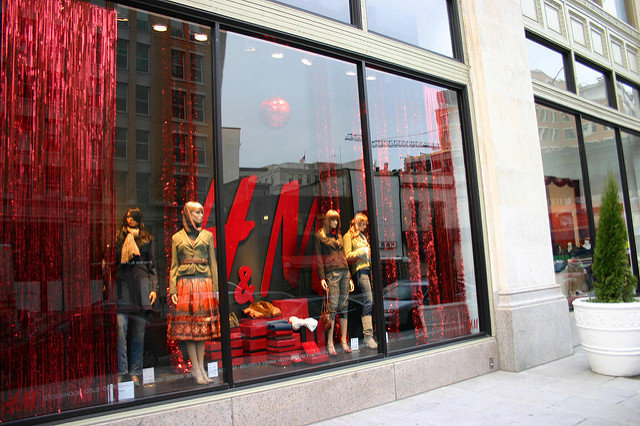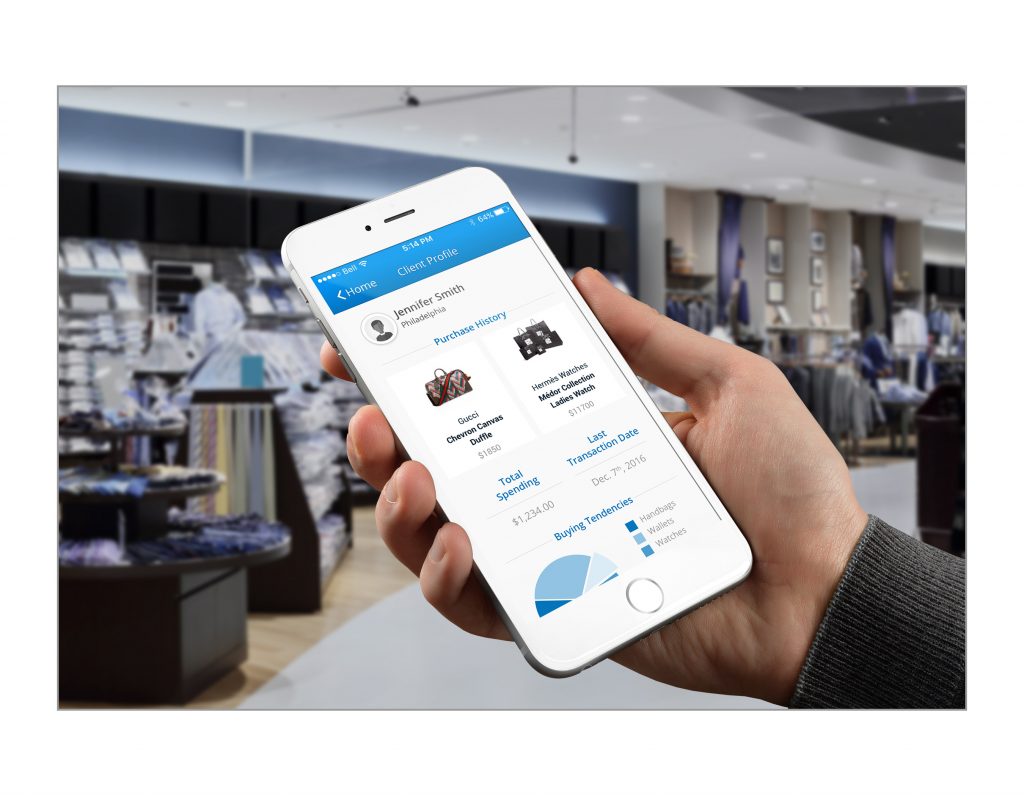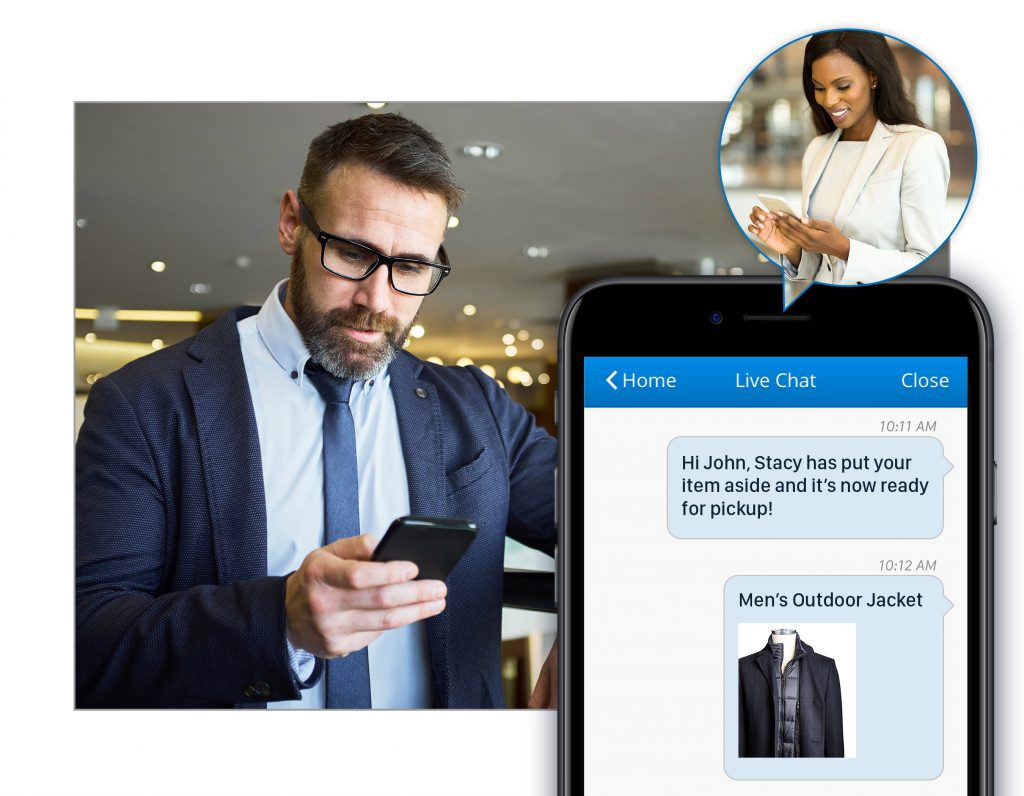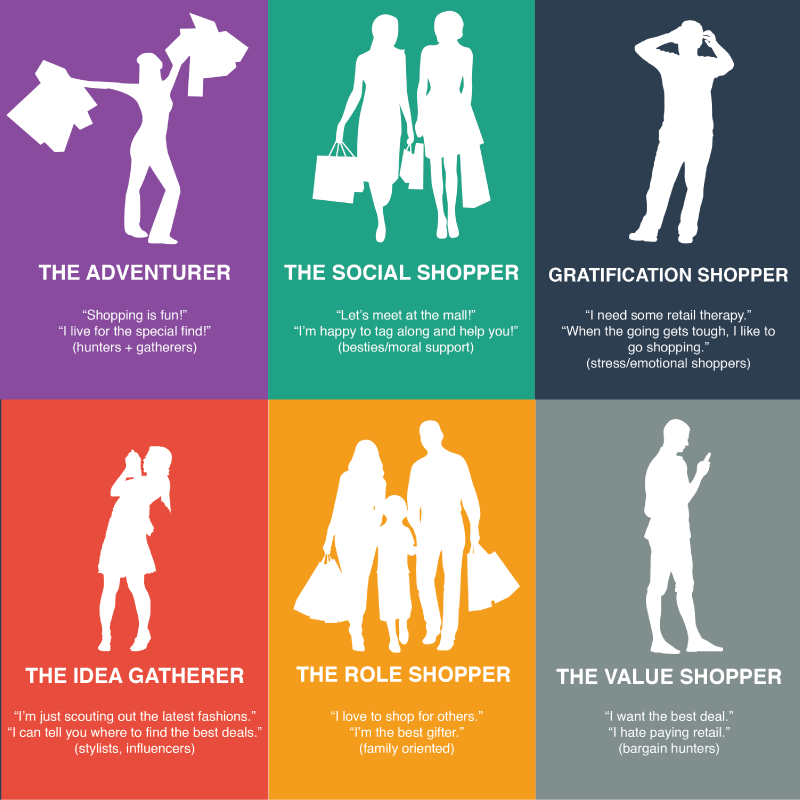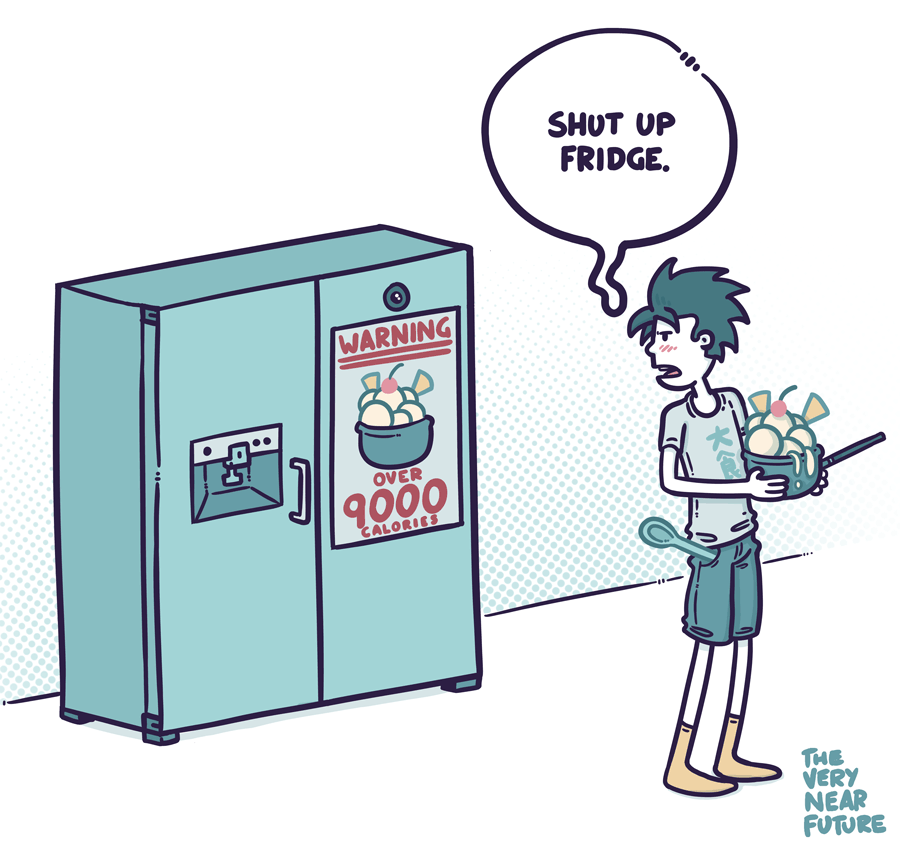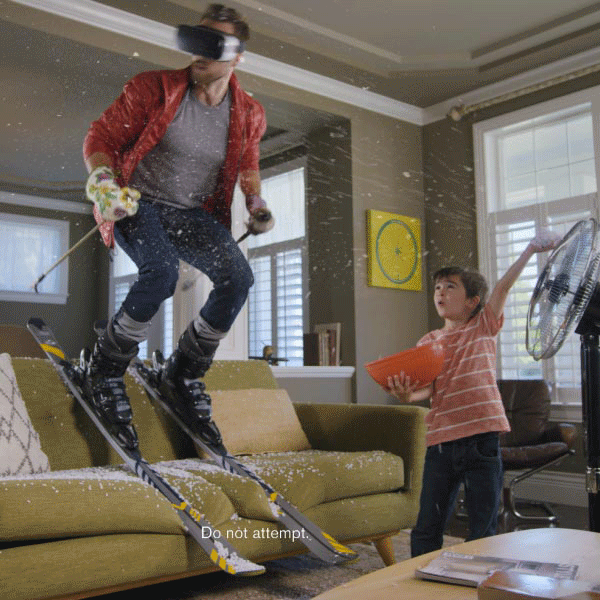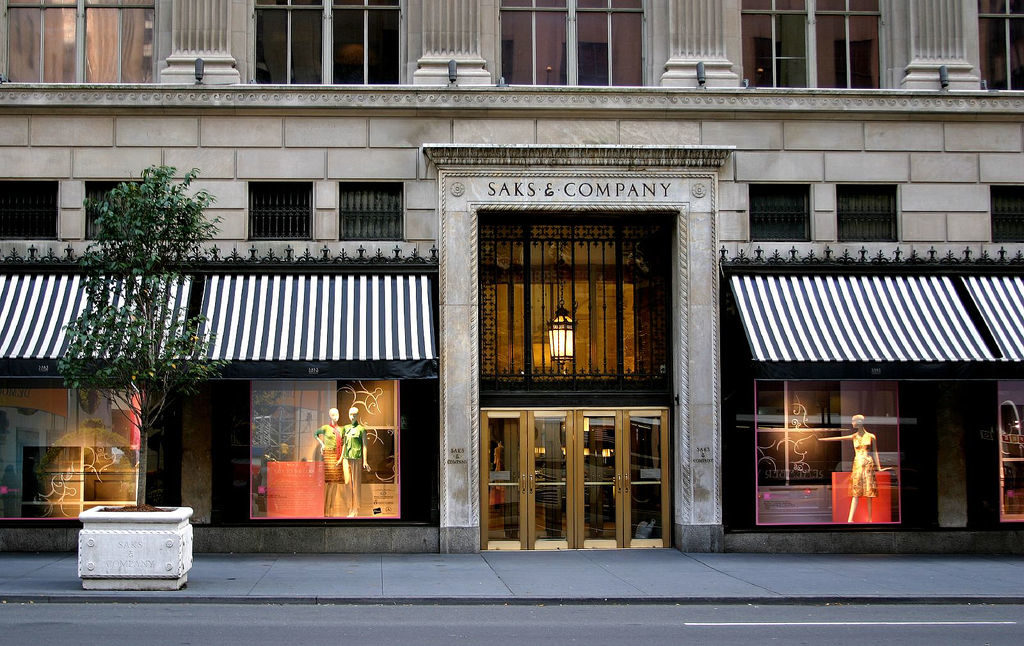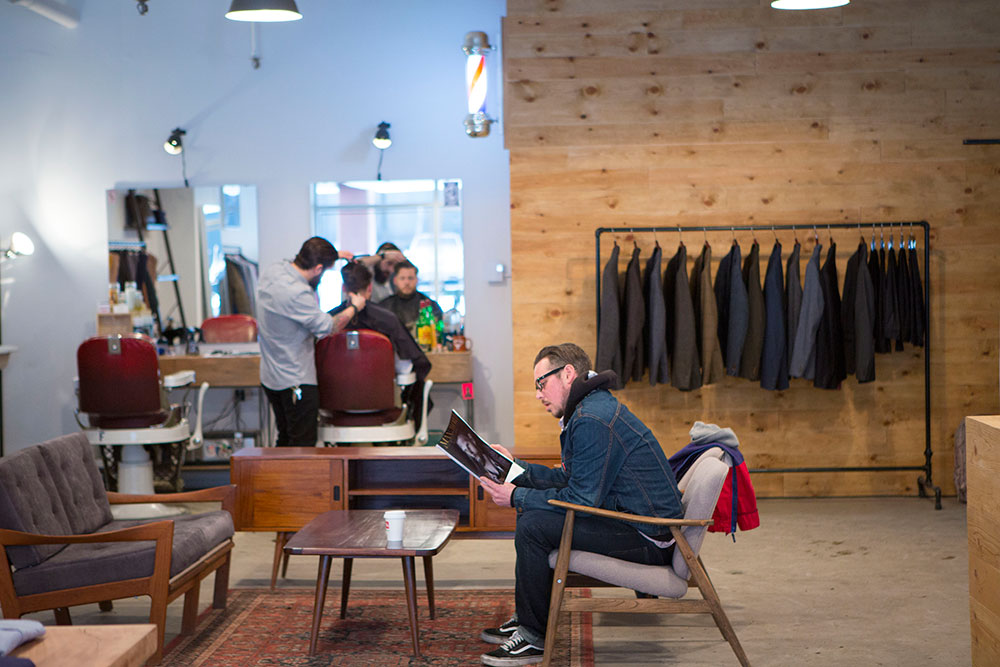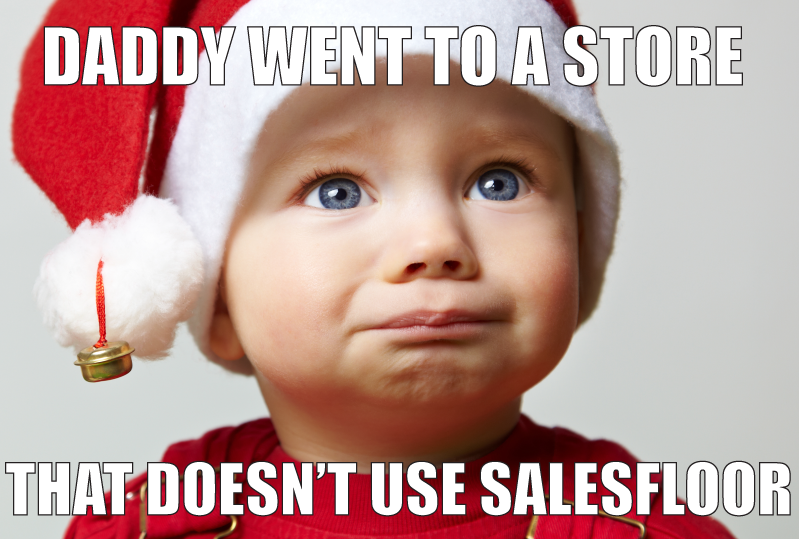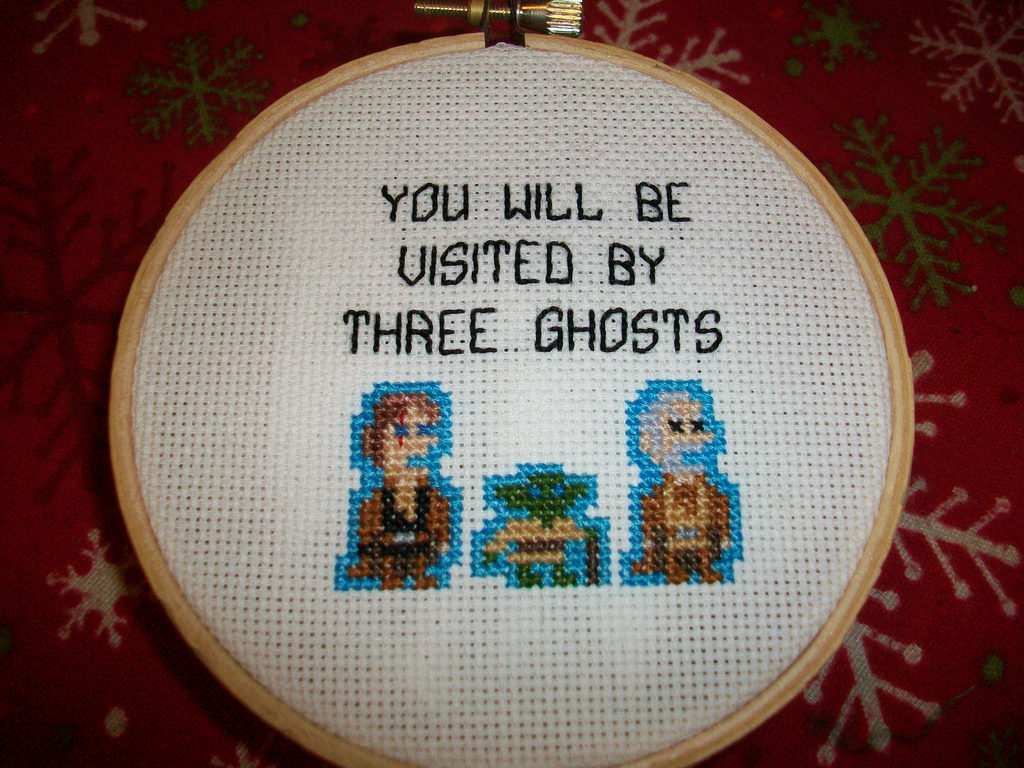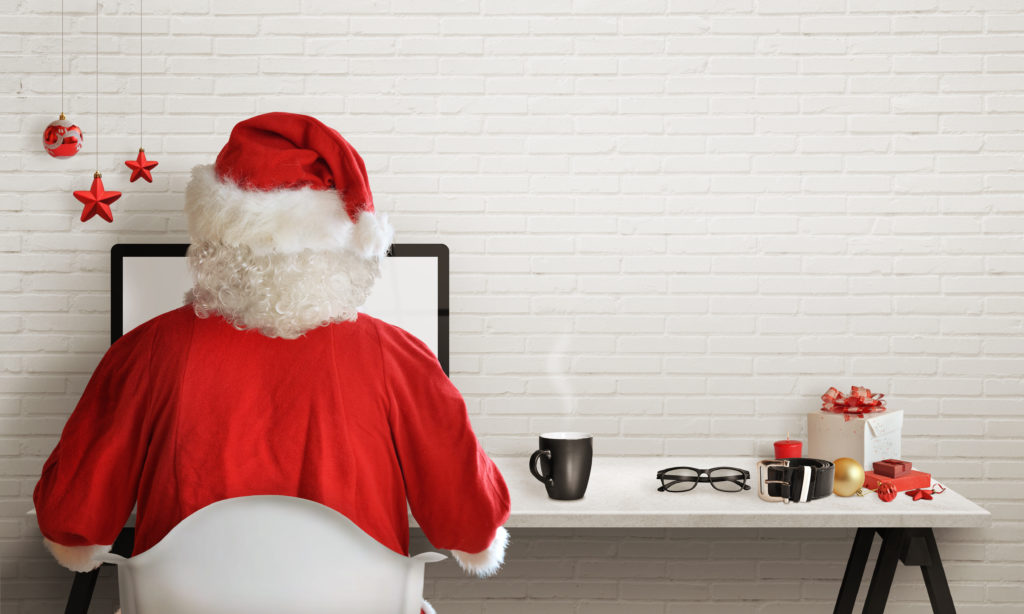It seems like every day, there is more news about the demise of retail stores in America. Some of America’s stalwarts are faltering under what’s being dubbed the Retail Apocalypse. JC Penney, Sears, and Kmart are all companies closing more than 40 stores each in the coming year. Traditional wisdom held that there would always be room for the big players, but these numbers tell a different story.
What’s at the heart of the shrink? A number of factors, including online ordering, reduction of sales floor staff at locations, leading to customer dissatisfaction and a phenomena which 10 years ago changed the electronics and tech retail space: Showrooming.
Showrooming is when a customer interested in buying a product visits a store to interact with the product, ask questions and decide between available models with the express purpose of going home and purchasing the exact product online for a cheaper price.
10 Years ago, you could witness this happening at most electronics stores, but with the expansion of SKUs available online and increasingly attractive delivery options, like same-day delivery in major markets, it’s becoming easier than ever for people to get any item they want delivered, which has led to an expansion of this showrooming behavior.
Is there a proven way to combat showrooming?
There’s no magic bullet to stop showrooming, but companies that have managed to slow and stop it altogether share at least one of these five approaches:
#1. Acknowledge It Directly (and non-defensively)

Just recently, I was standing in front of a shelf full of printers at Staples with my iPhone out, scrolling through reviews to get more information to help me make a decision. The prices that were coming up on Amazon and other sites were slightly more competitive, but it was the next action that drove me to buy in-store that day.
The sales associate in the printer department, who had noticed me checking my phone against the various printers walked up and said, “If you find a price online that beats ours, let me know and I’ll match it.” And then he added, “And if you are still having a tough time deciding, let me know what you are looking for and I’ll help walk you through your options.”
Honestly, the online reviews weren’t making my decision any easier, so I took him up on his offer. He skillfully walked me through the various options – naming off the pros and cons of each printer. In the end, I picked out a much more expensive model than I planned to buy because of price to quality and he made good on his promise to match the price to Amazon as well as gave me the Costco-bundled rate for extra printer cartridges.
However, because of his non-defensive approach, I would have gladly spent the extra $40 I saved that day. Sales Associates who approach customers checking their phones for reviews and price matching in a non-defensive way open up the opportunity to make the sale on the spot.
#2. Make it Personal
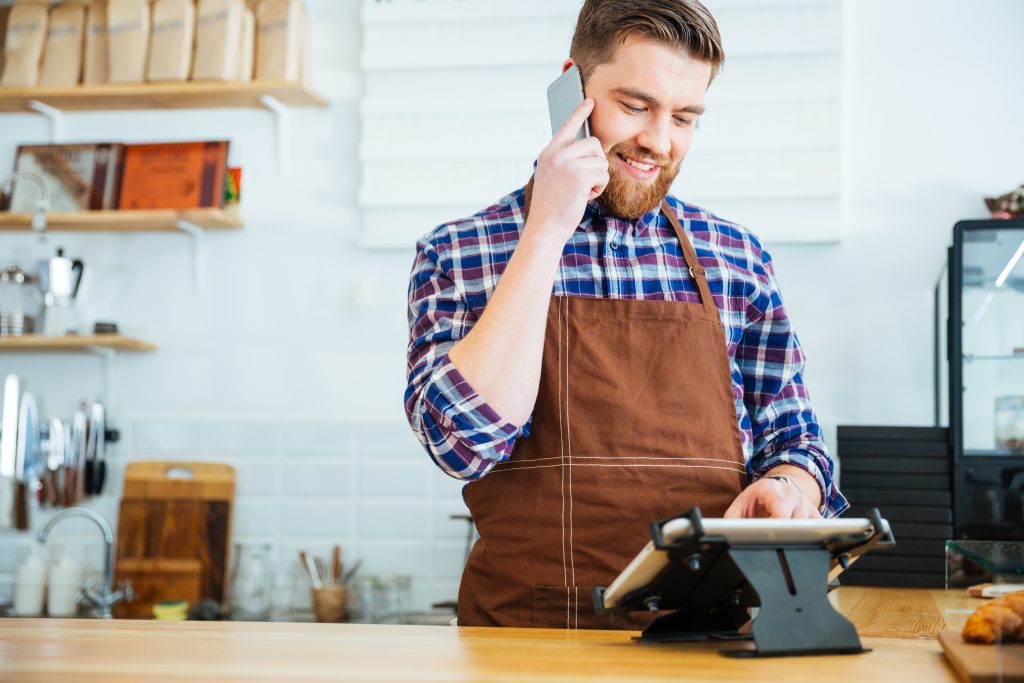
Think about the local butcher shop. Their business isn’t about beating a large grocery store on the price of chicken breasts, it’s about building relationships. The local butcher will ask you questions about your meal plans, and steer you in the right direction, let you know what cuts you might want to try, and even give you tips on how to cook items if you’re looking to try something new.
That’s the way you should look at and approach your business. If you position yourself as a friend with good advice to give, and you manage those relationships every time you deal with a customer, you will bypass their desire to shop around, and they are more likely to shop with you, because you’ve made them feel confident about their decision.
Looking back at my interaction with the sales associate at Staples, this same rule applies. He helped me feel more confident about my decision. Personal touch and human interaction are two things a person pushing a “Buy Now” button can’t get. These are your strategic advantages.
#3. Give Them A Good Excuse To Follow Up With You

There will always be times when you can’t make a sale in the moment, but good sales teams and owners understand how they can still win the day. If you have a rapport going with the customer, find ways you can still accommodate their request.
If you are out of stock in the item they want, offer to call them when it comes in. If you can’t beat a price in the moment on an item, see if they would be interested in being contacted when that item goes on sale. The Salesfloor app makes this incredibly simple for the sales associate to set up instantly:
If someone isn’t in urgent need, and you’ve spent the time interacting with them already, then you should have built trust enough to get their contact information and service the client when they’re not even there. This is a small effort for you that could build strong relationships and lead to future return sales.
#4. Follow Up. Make Good On Your Promise.
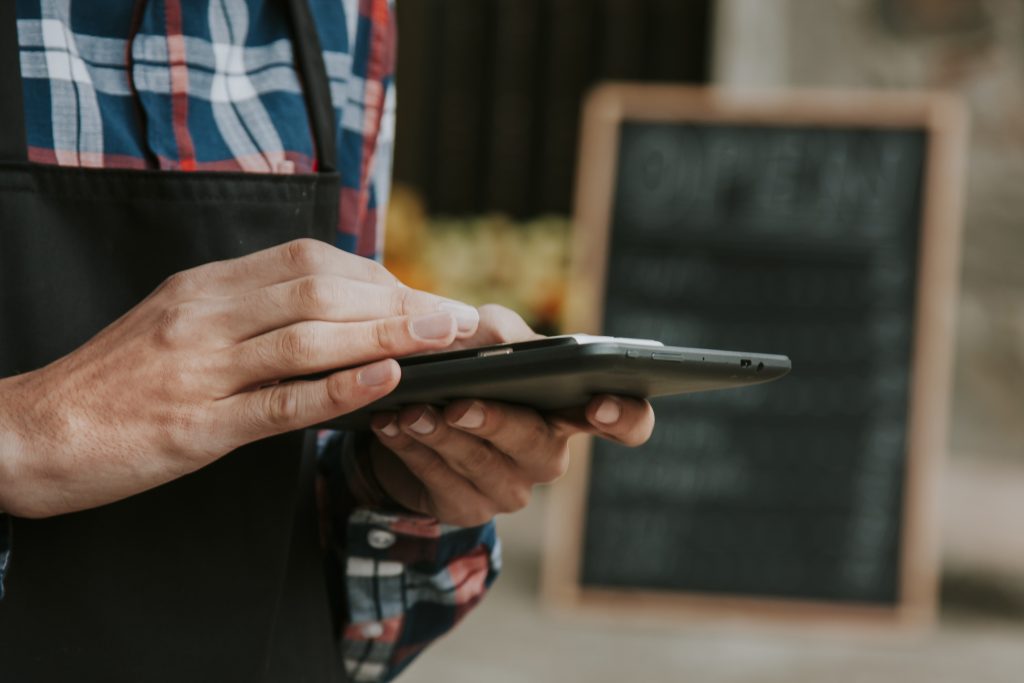
It goes without saying that if you take a customer’s contact information, you have to follow through on what you promised: updating them on the status of their request even if the update is bad news. Building rapport is one thing. Building trust is a bigger, better thing.
If you build trust with a customer, they might shop with you or send other people to you because of their connection to you and not for any other factors. That’s important, because there is no digital equivalent of having a person’s trust and delivering consistently excellent customer care.
#5. Anticipate Their Future Needs
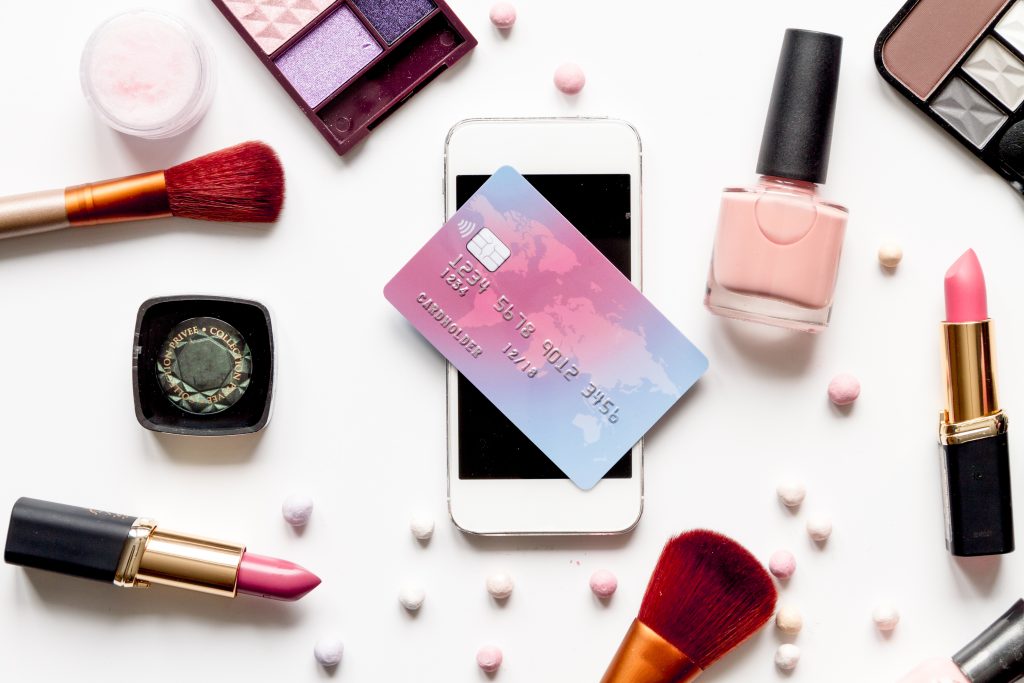 Finally, what better way to stop showrooming than catching your customers BEFORE they even head to the store?
Finally, what better way to stop showrooming than catching your customers BEFORE they even head to the store?
The skillful associates at the Saks Fifth Avenue makeup counter have a knack for knowing when I’m about to run out of my favorite products every month and send me a helpful email, letting me know that they can either set aside the products for me to pick up or help me with an online order. This ensures that I don’t even think of walking into another department store or do a search online for the products.
By anticipating your customer’s needs, you can get ahead of their showrooming and make them feel taken care of.
—
Showrooming will never end as long as there are consumers who are motivated solely on price. However, you can combat showrooming effectively by embracing this lesson: deliver a human experience that caters to the specific needs of each client.
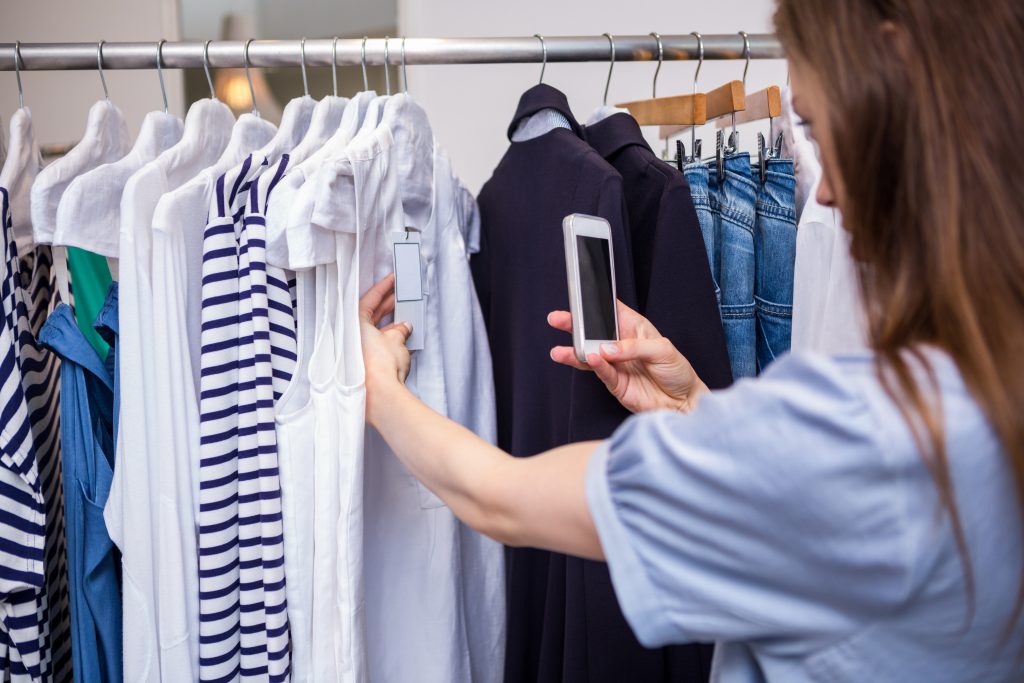
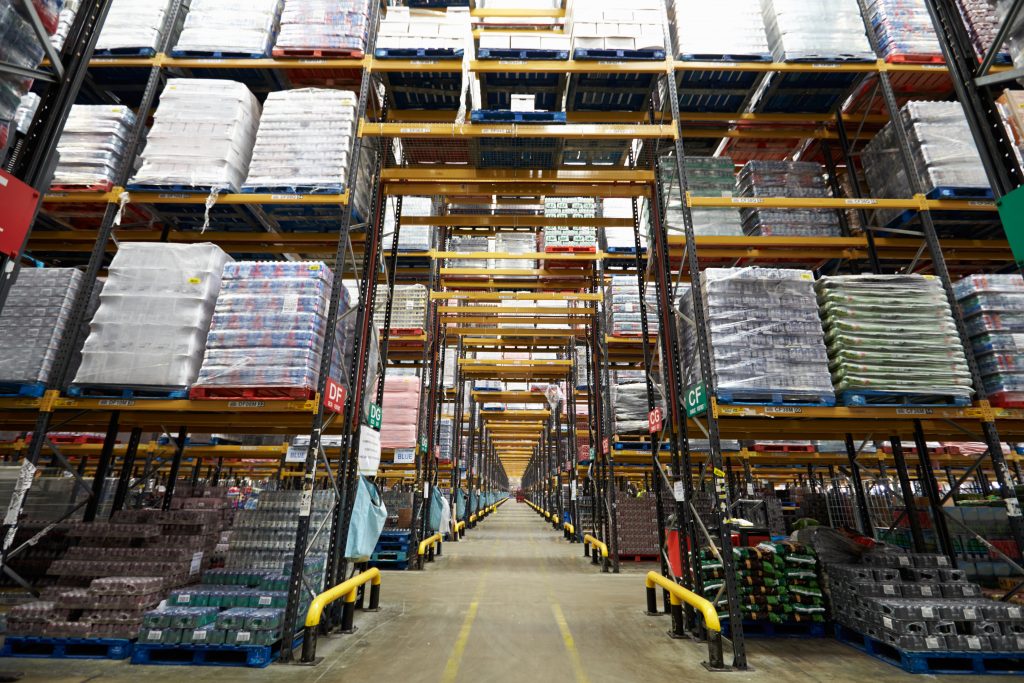

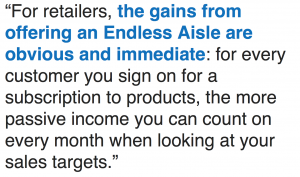 For retailers, the gains from offering an Endless aisle are obvious and immediate: for every customer you sign on for a subscription to products, the more passive income you can count on every month when looking at your sales targets. The more customers who receive their goods regularly and frictionlessly will feed into your intake funnel through referrals, organically adding to your bottom line.
For retailers, the gains from offering an Endless aisle are obvious and immediate: for every customer you sign on for a subscription to products, the more passive income you can count on every month when looking at your sales targets. The more customers who receive their goods regularly and frictionlessly will feed into your intake funnel through referrals, organically adding to your bottom line.

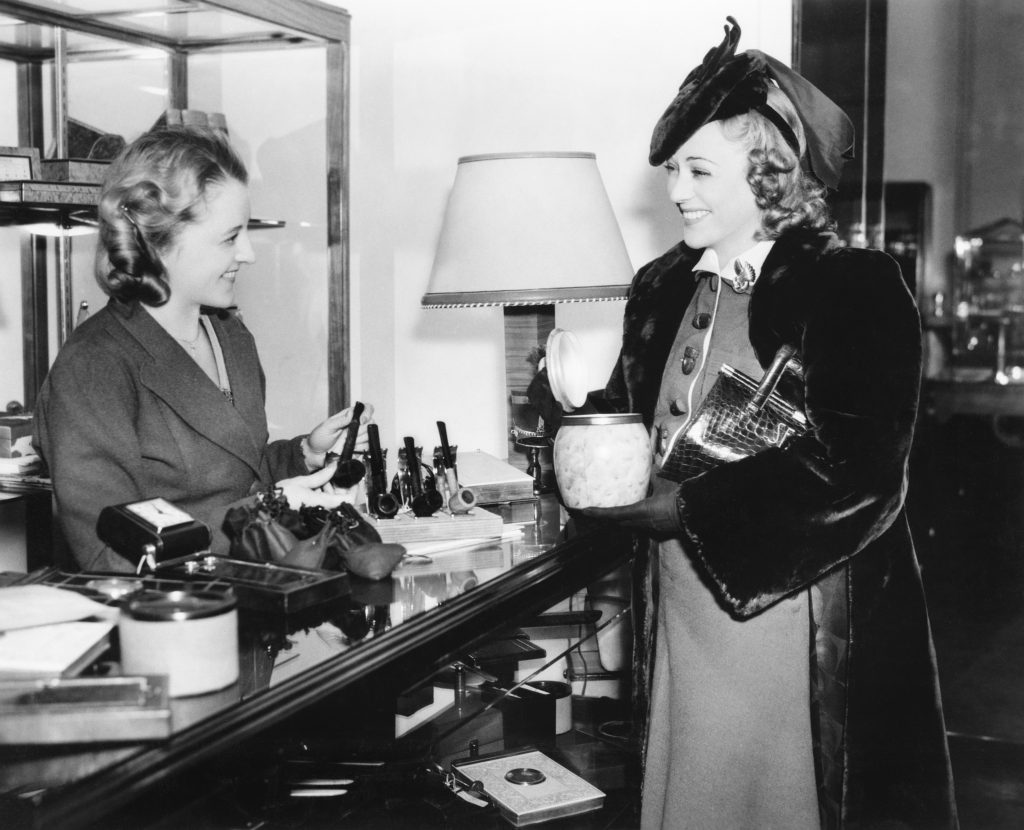
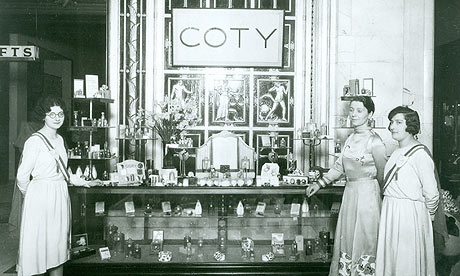
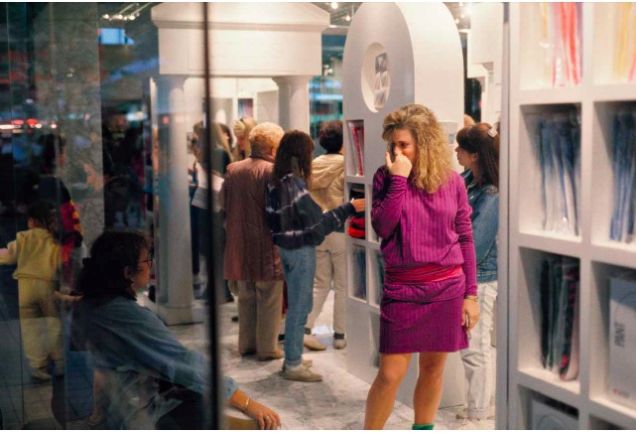 [image:
[image: 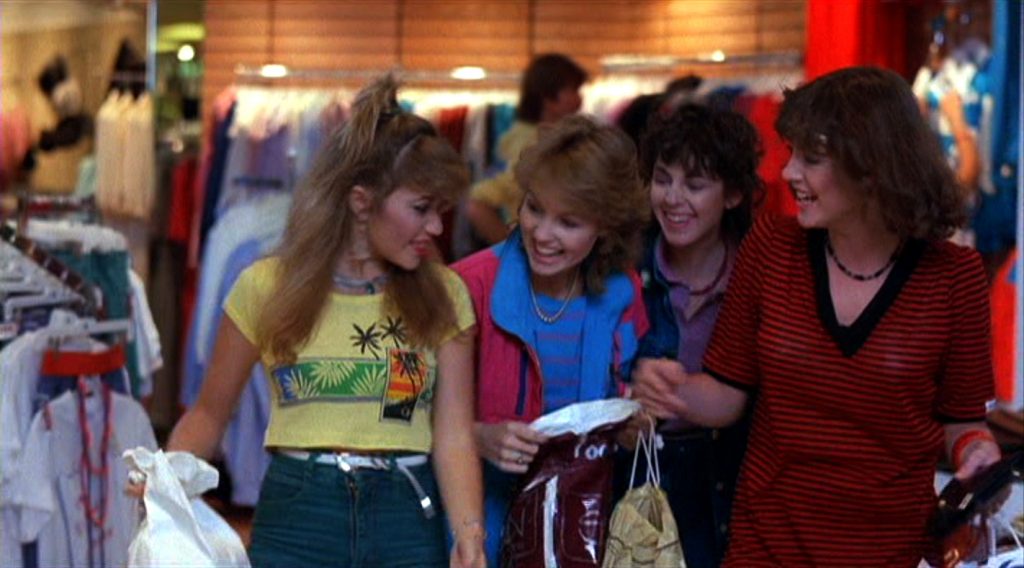 [Film still from Valley Girls]
[Film still from Valley Girls]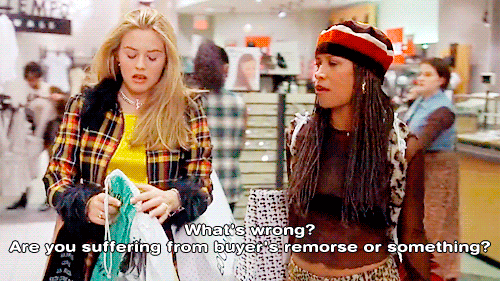
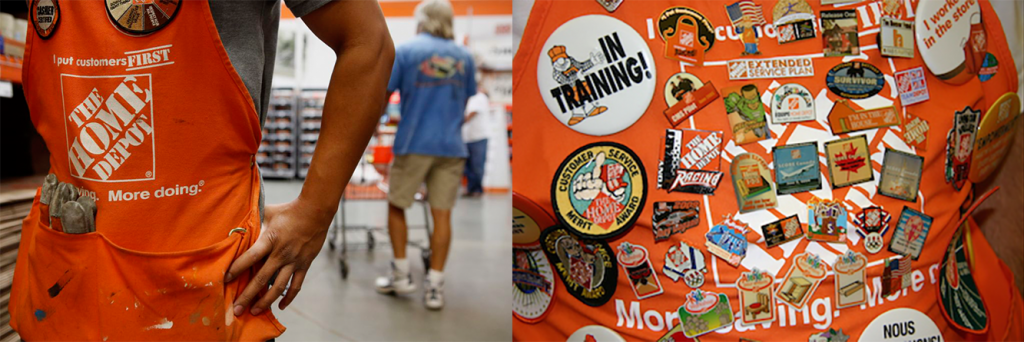 [Just some of the creative ways uniforms are personalized at the specialty box stores]
[Just some of the creative ways uniforms are personalized at the specialty box stores] [gif:
[gif: 